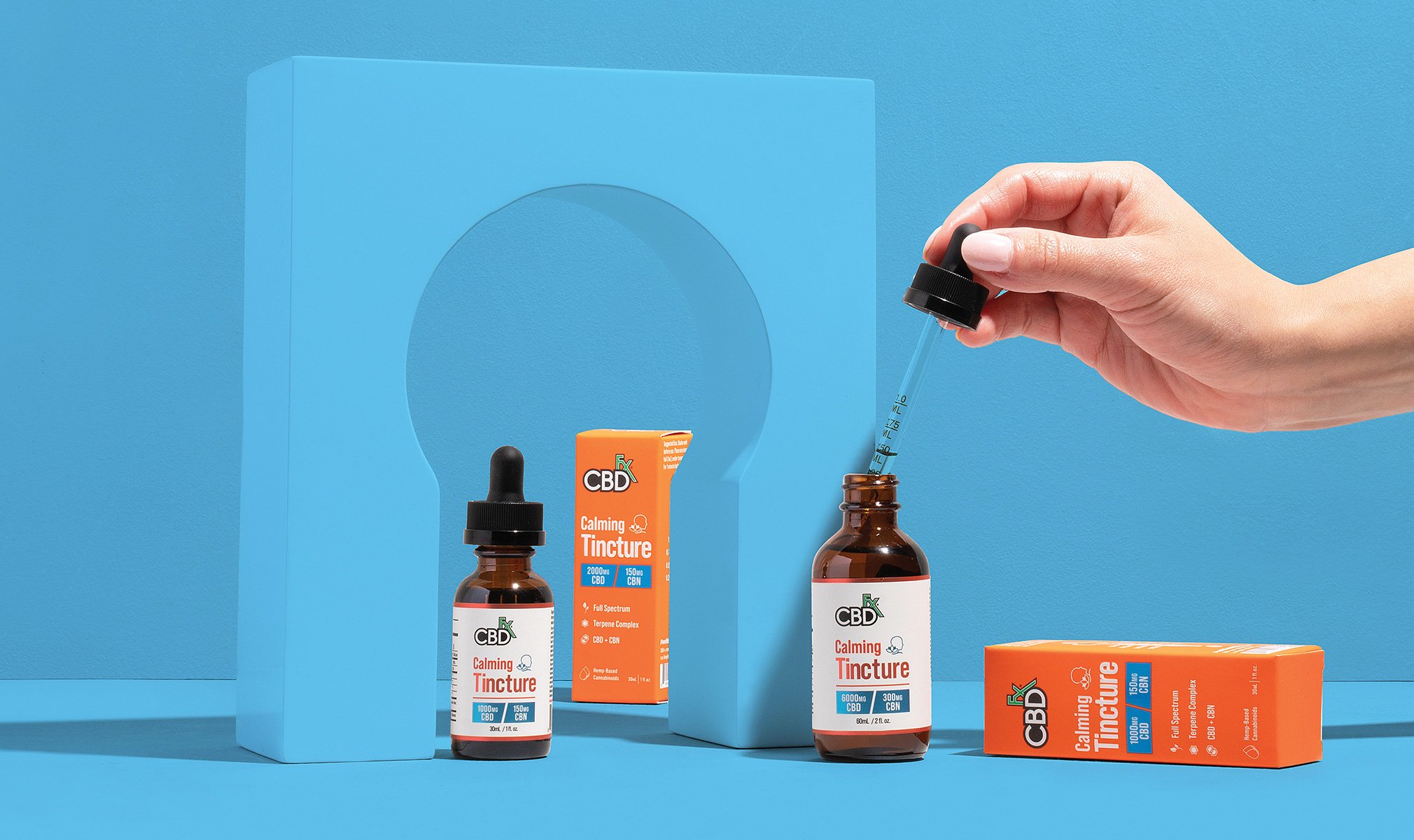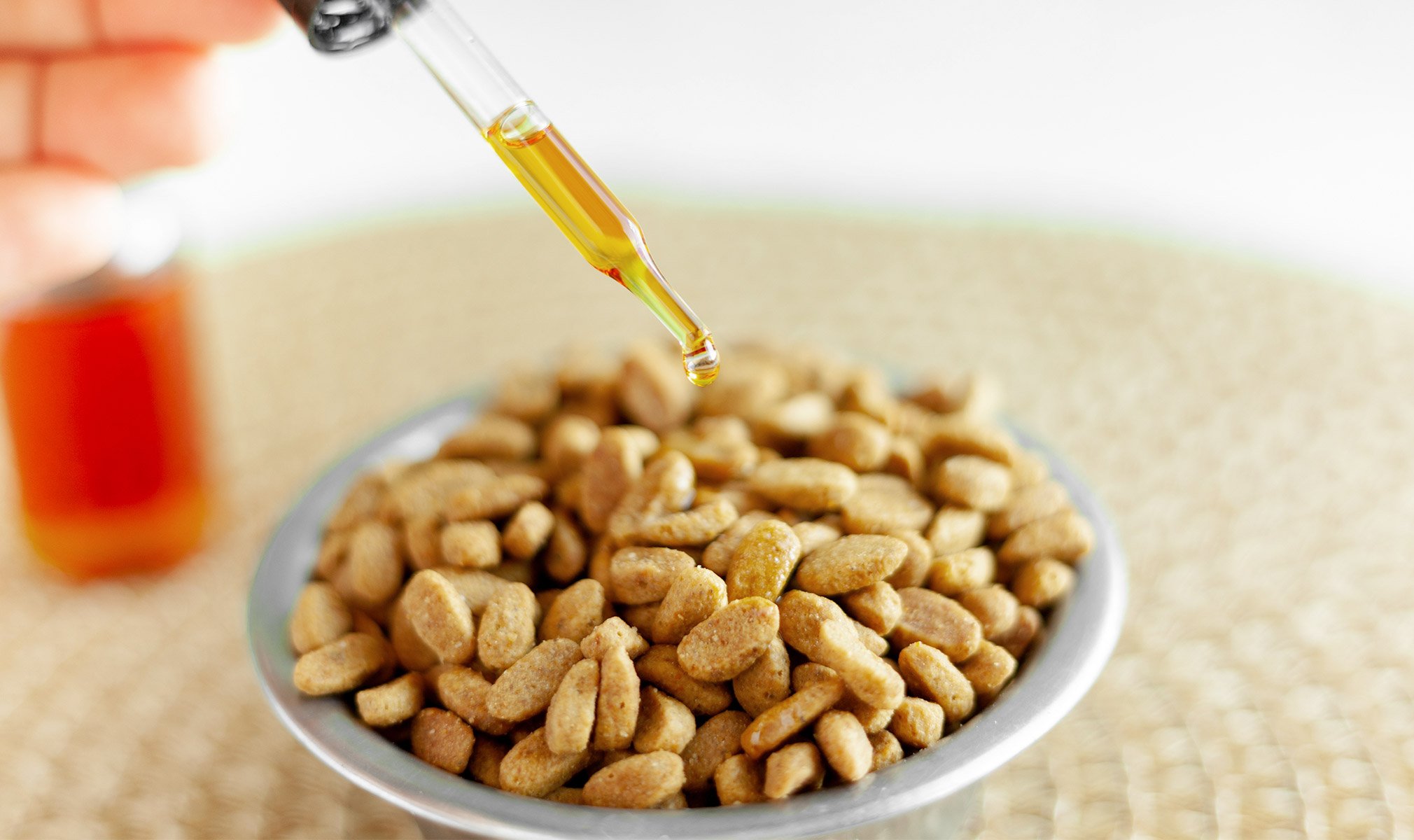According to a recent study, over 116 million Americans suffer from chronic pain every year. Chronic pain is pain that can continue for many months or even years. Dealing with constant pain makes life difficult to enjoy. Even the most precious moments can have a radiating background of unpleasantness, if not suffering.
Pain management is something that doctors and scientists are constantly working to improve through research. Because many pharmaceutical pain relievers, such as opioids, come with dire risks, many of us in the medical community try to look for natural options for pain relief. When medical marijuana started to become legal a few years back, some took this as an opportunity to try something new, in the hope that we could find a natural way to relieve pain. Through the course of this work, some of these studies have dialed in on one cannabinoid in particular, CBD.
CBD for Pain | What Is CBD?
CBD, or cannabidiol, is one of a class of chemical compounds called cannabinoids. Cannabinoids are derived from the cannabis plant. I mentioned medical marijuana earlier. Marijuana refers to cannabis plants with sizable amounts of THC in them. THC is the cannabinoid that gets you “high.” Cannabis plants with low THC (by law, less than 0.3%) are called hemp. Hemp-derived CBD, such as that used in products sold on CBDfx, is non-psychoactive — meaning it will not get you high.
When consumed, CBD and other cannabinoids interact with the body’s endocannabinoid system. This system helps to maintain homeostasis (or, balance) in some of the body’s most crucial systems, including the central and peripheral nervous systems, the immune system, and more. These systems control sleep, mood, memory, motor control, appetite, stress, and other basic functions — including pain sensation.
Endocannabinoids and Pain Management
The body produces its own cannabinoids, called endocannabinoids. Endocannabinoids are neural transmitters that attach to receptors in the nervous system (CB1 and CB2). When they do so, the endocannabinoids send signals to the nervous system which help it stay in balance. CBD and other plant-based cannabinoids (or, phytocannabinoids) mimic this effect. While they don’t attach to the receptors, they do signal to them almost identically to maintain the same homeostasis in the body’s various systems. This is why CBD, as the major non-psychoactive cannabinoid, has been such a fascinating compound to study — because its potential is huge for everything from sleep to stress to overall wellness and, yes, pain management.
CBD for Pain | Medical Research on CBD and Pain
It’s important to take a moment to talk about where we’re at, in legal terms, when we talk about using CBD as a pain medication. Until fairly recently, cannabis — all cannabis, not just marijuana — was classified as a controlled substance. And while humans have been using hemp medicinally for, literally, thousands of years, research on the subject was pretty much dead in the water. This began to change with the discovery of the endocannabinoid system in the late 1980s. As we’ve learned more and more about the ECS and the way cannabinoids, like CBD, interact with it, that has slowly begun to change. The Farm Bill of 2018, which legalized the cultivation, production and sale of hemp-derived products nationally, definitely helped open the doors to more research.
To this point, though, most of the research on the use of CBD for pain management has been animal research. While this has been quite useful in identifying the potential benefits of CBD as a pain reliever, it has not been enough for the FDA to approve of its medical use. And so, the FDA has very strong regulations on what we can and cannot say about the use of CBD for pain relief. We cannot recommend it for medicinal use at this time, legally. And this will be the case until research on CBD with human subjects is substantial enough for its approval. So, to make clear, this article is focusing on the results of recent research, but should, in no way, be construed as a medical recommendation.
CBD for Pain | Cannabidiol Use for Chronic Pain
A 2020 study published in Frontiers in Pharmacology, titled “A Balanced Approach for Cannabidiol Use for Chronic Pain, reports that “preclinical and clinical studies have indicated a potential benefit of CBD use in chronic pain associated with multiple conditions.” The report goes on to state that “CBD presents an opportunity for the treatment of intractable chronic pain, for which primary treatments are insufficient or not possible.”
While this is promising, the report also warns about some of the harmful contaminants found in many substandard CBD products, including solvents and harsh chemicals used in the plant cultivation process. It should be noted that this study is a review of current CBD research and findings in animal and human models and not an individual study itself.
I second this notion. It’s important to make sure you use CBD products that are organic and provide a third-party lab report to show the company’s transparency and prove their products’ purity. Not only will the report warn you about pesticides, heavy metals and other harmful chemicals, but it will also tell you about the CBD itself and other cannabinoids present in the product, so that you can see if you’re getting as much per serving as you’re being promised on the label. You’ll also want to make sure your CBD source uses CO2 extraction, which doesn’t leave behind harmful residues, like some chemical solvents do.
CBD for Pain | Pain Relieving Effects of CBD
A 2021 study by Syracuse University, titled “The Effects of Cannabidiol and Analgesic Expectancies on Experimental Pain Reactivity in Healthy Adults: A Balanced Placebo Design Trial,” tested the effects of CBD versus a placebo for pain relief. What they found was interesting.
While CBD didn’t necessarily reduce the volume of pain, it did make it less unpleasant. One of the lead researchers, Martin De Vita, explained it as follows:
“If you think of pain as the noxious noise coming from a radio, the volume can represent the intensity of the pain, while the station can represent the quality. While cannabinoid drugs weren’t reducing the volume of pain, they were ‘changing the channel,’ making it a little less unpleasant. It’s not sunshine-and-rainbows pleasant, but something slightly less bothersome. We replicated [earlier research] in this study and found that CBD and expectancies didn’t significantly reduce the volume of the pain, but they did make it less unpleasant — it didn’t bother [the test subjects] as much.”
You may be thinking, “If CBD doesn’t reduce the volume of pain, why should I even bother?” Did you know that opioids don’t really reduce the volume of pain either? Opioids trigger the release of endorphins, which alter how you perceive the pain and induce feelings of pleasure. CBD, like opioids, appears to make pain less unpleasant without causing the euphoria/feelings of pleasure that can lead to addiction. It should be noted, however, that while these results are promising, a major weakness of this study is its small sample size of only 15 participants. The results do show that more research is definitely warranted into the effects of CBD on chronic pain.
CBD for Pain | The State of CBD as a Pain Reliever
Research continues on the use of cannabidiol for pain relief. We’ve looked at a couple of recent studies and you can see that things look promising. But there is a lot of research still to be done before the FDA will approve it for medicinal use. Until then, no one can legally recommend that you use CBD for any medicinal purposes, including pain relief.
However, if you are searching for a natural alternative to pharmaceutical pain relievers (or if you simply need to try something new), CBD is non-toxic and has very few minor side effects. I encourage you to keep up to date on recent studies and experiment to see if CBD works for you. We’ve seen thousands of anecdotal reports where people swear by it. Whatever you find, we hope that you are able to manage your pain and live a happier, healthier life!
Looking for a good CBD topical? Try our CBD Muscle & Joint Cream: Cooling Formula!





